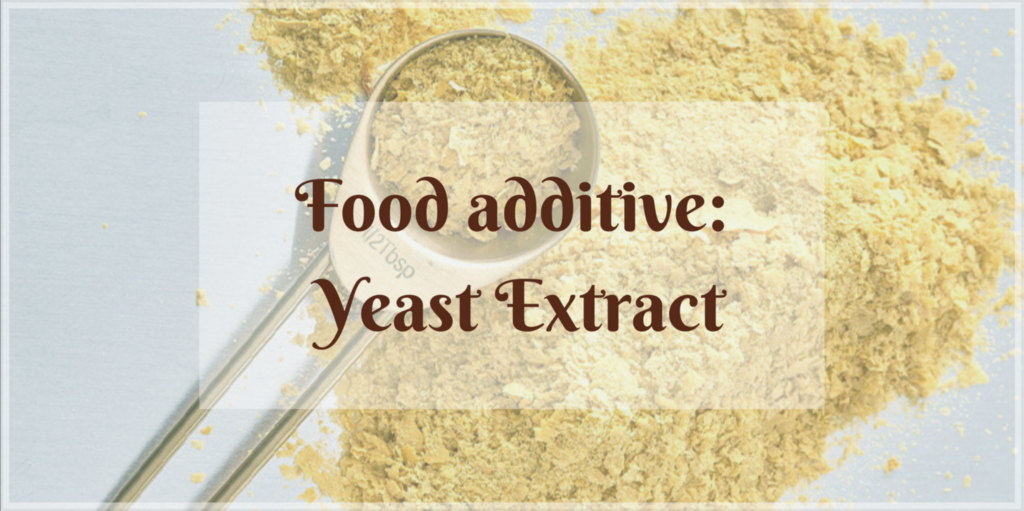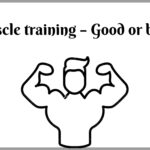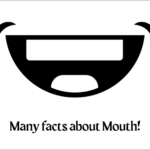Effects of yeast extract
The effects of yeast extract are clearly addressed in this article. Yeast extract is the process of removing the cell wall of yeast and using the resulting substance as a food additive, in the making of beer, or as a nutritional supplement. Any yeast product that has had its cell wall removed is referred to as yeast extract.
Yeast extract plays the role of a food additive that appears as a dark brown paste. It is an artificially produced fermented substance that is added to various foods as a flavour enhancer or nutrient booster. At its most basic, it is composed of the contents of a yeast cell but without the cell wall that usually covers it.
Yeast extract, which is generated initially as a liquid before being dried into a powder or turned into a paste, can provide a highly savoury umami flavour to foods. This extract is used as a flavouring element in a wide range of dishes; however, some products, such as Marmite and Vegemite, are primarily composed of this extract. This extract can be found in a variety of foods.
Production of yeast extract
In a warm environment, yeast is mixed with sugar, resulting in the creation of yeast extract. The cell walls of yeast become increasingly porous as the yeast population grows. After that, the mixture is centrifuged to remove the cell wall pieces that have become free.
Yeast extract comes in two varieties: autolyzed and hydrolyzed. Each has perks and cons. Both processes require removing the cell walls and then combining the contents of the cell.
When working with autolyzed yeast, the enzymes already present in the yeast are responsible for protein breakdown. These enzymes are added to the yeast used to produce hydrolyzed yeast. Yeast extract is available in the form of a sticky gel or a slightly wet powder.
Causing facial flushing is one of the effects of yeast extract. Blushing or flushing of the skin or face refers to a sudden reddening of the face, upper chest, or neck caused by increased blood flow. Nutritional yeast has a great deal of niacin. Though facial flushing is not hazardous, taking significant amounts of niacin can result in other, possibly undesirable side effects.
Why is yeast extract used?
Yeast is a form of fungus that has a single cell and grows naturally in soil and on plant surfaces. There are hundreds of distinct yeast strains, and while some might cause illness, others have the potential to be beneficial in a variety of ways.
For example, Yeast can help ferment, commonly known as leavening, in foods like beer, bread, and wine. It is frequently used in the cheesemaking industry, for example, to give a specific flavour or improve the uniformity of the completed product.
Although there is a considerable variety of yeast accessible, only a few of these strains are used in the food business to create flavour or increase the nutritional content of meals. In most circumstances, it is not advisable to ingest yeast in its raw form.
Triggering headaches and migraines is included in the effects of yeast extract. Nutritional yeast might contain tyramine, which can cause headaches in certain people. Migraine sufferers may wish to skip nutritional yeast for this simple fact.
Side effects of yeast extract
According to several research, yeast contained in meals may be to blame for the symptoms experienced by certain people with inflammatory bowel disease (IBD).
Causing unpleasant digestive discomfort is one of the effects of yeast extract. Dietary fibre is abundant in nutritional yeast. Because of its high fibre content, nutritional yeast should be introduced progressively to prevent the abdominal upset.
Despite the fact that sandwich spreads comprise yeast extract, producers limit the amount added to the product due to the high sodium level of yeast extract. The small amounts added to food have no discernible effect on the amount of salt in the diet. If, on the other hand, you have a blood pressure problem or another basis for restricting your sodium consumption, you should probably avoid yeast extract.
If you suffer from food allergies or intolerance, you should be highly cautious about the foods you ingest. Yeast extract can assist the vast majority of people. Reduce your intake of prepared and packaged foods if you want to avoid things containing additives such as yeast extract. Consider purchasing more fresh vegetables and preparing meals at home with them.



